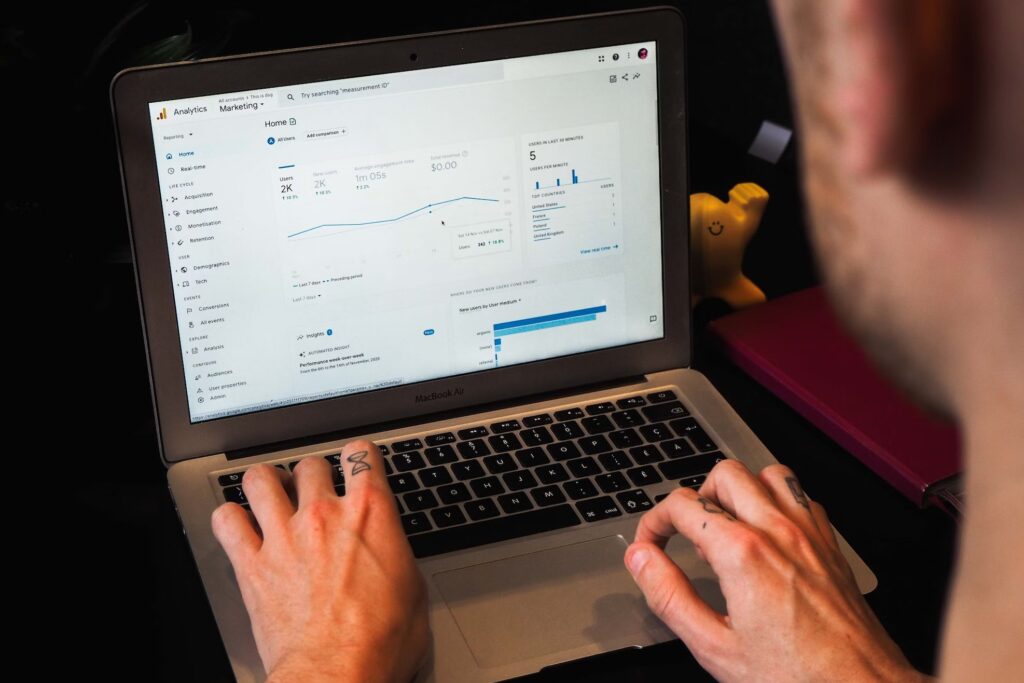Find out if your content is working, why and what to do next in our extensive guide on how to use our innovative Content Analysis Tool!
Content Scoring: What It Is, Why You Need It, and How to Start Today
Find out what content scoring is, why it’s vital for your business, and how to implement it today to boost your content’s performance.
Search Console and ChatGPT Tactics: What’s Working in 2024
Using Generative AI with Google Search Console is an SEO practitioners dream, we break down the most effective tactics that are working now.
The Easiest Way to Do Content Analysis with ChatGPT and GA4
AI has made content analysis easy – our guide breaks down the steps to take for quick insights on what works.
The Numbers Don’t Lie: 6 Steps To Prove Content Works
Is your content working? We break down the key steps and processes to take from our own experience to prove content works at your business.
5 Easy Tricks to Create Helpful Content Google and Readers Love
It’s a juggle balancing algorithm needs and user satisfaction – read our guide how to make helpful content that keeps everyone happy.
Content Analytics Made Easy | Collect Feedback with Survey Tools
GA4 is a game changer for content marketers. Get the ‘why’ behind the numbers using Rockee audience feedback. Read our guide on how to do it.
Conversion Tracking in GA4 for Content Marketers
A guide for content marketers to learn more about conversion tracking in GA4! Learn how to set up and track conversions from your content.
How to Optimize For Search Intent & Leverage Audience Feedback
Learn more on how to optimize content for search intent by understanding the context behind search terms and how to answer them!
Content NPS Score: Get to Know Who Loves Your Content
Learn what a content NPS score is, how it works, what you can do with it, and how to collect/implement feedback to improve your NPS!










